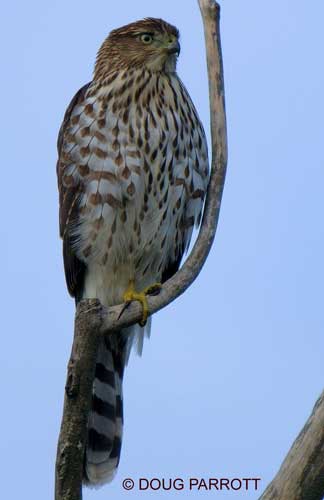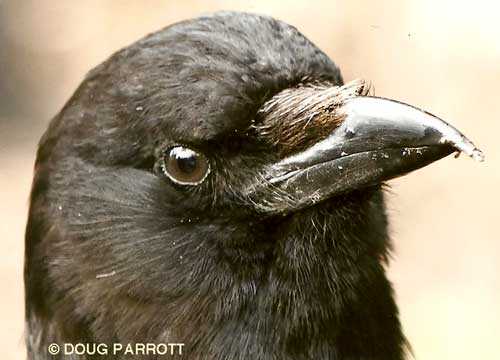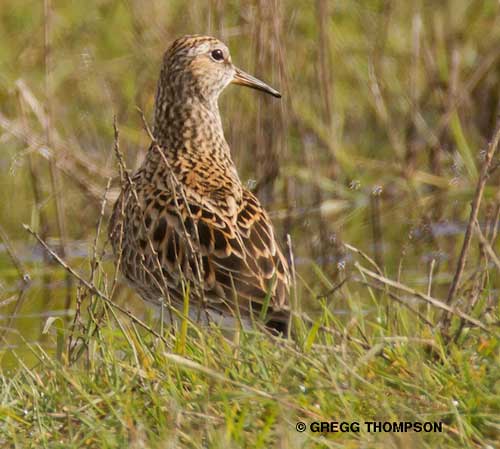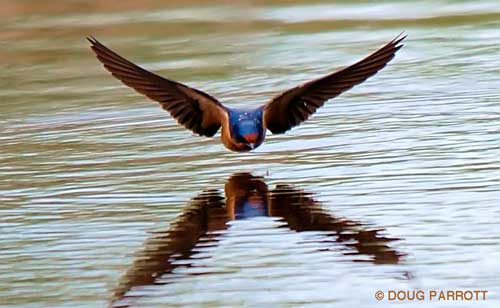 The autumn winds tore through the Fill yesterday, sending all sensible creatures into cover. Birds, like other pilots, are reluctant to fly in strong wind because they know how dangerous a sudden gust or shear can be.
The autumn winds tore through the Fill yesterday, sending all sensible creatures into cover. Birds, like other pilots, are reluctant to fly in strong wind because they know how dangerous a sudden gust or shear can be.
I, of course, was out here anyway. We Sidleses are not overly gifted with sense. Rather, we are free-range chickens, and my range is the Fill. I come here in all weathers, and I love the wind. It reminds me I am free, even though I have deadlines to meet, chores to do, and taxes to pay (now that the end-of-the-line, no-more-excuses, the government-has-run-out-of-patience tax deferral time is approaching). Sigh, oh gusty sigh.
The juvenile Cooper’s Hawks were out, too. Unlike me, they’re not chickens of any sort, but neither are they sensible. In fact, they are downright goofy, which is probably why I feel I have so much in common with them. Earlier in the year, their parents dumped them off at the Fill to fend for themselves, and they’ve been learning how to hunt ever since.
The other birds don’t seem to take them very seriously. The American Goldfinch flock that has been feeding on chicory for the past several weeks perches in the same trees as the hawks do, and they chirp at their predators. Prey are not supposed to chirp. They are supposed to flee before the fierce attack of the mighty raptors, but the goldfinches just sit there. I guess Cooper’s Hawks aren’t born with fierceness; they have to build it, one small emoticon at a time.
All three juveniles were trying to catch food for the day, but since nobody else was out and about, they weren’t having much luck. They did drive away a Greater Yellowlegs, who had hunkered down on Main Pond to forage in the mud while the storm raged above. The shorebird didn’t want to leave its dinner table, but the hawks were just a little too present. So it finally jumped into the sky and laboriously flapped its way south, leaving the hungry hawks empty-clawed.
I was glad the yellowlegs got away this time, but I realize that the hawks have to eat, too. As a squall of rain blew in, I turned up my collar and headed for the car. I can go home to a pizza in the oven, but the birds must catch their own prey. I wished them well.



